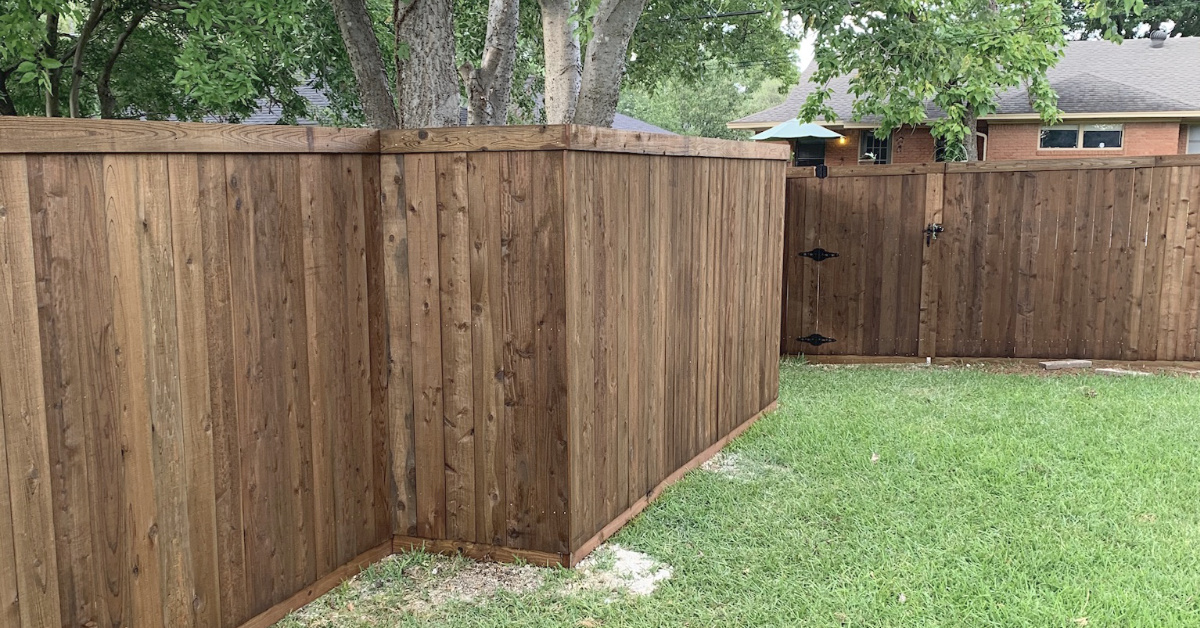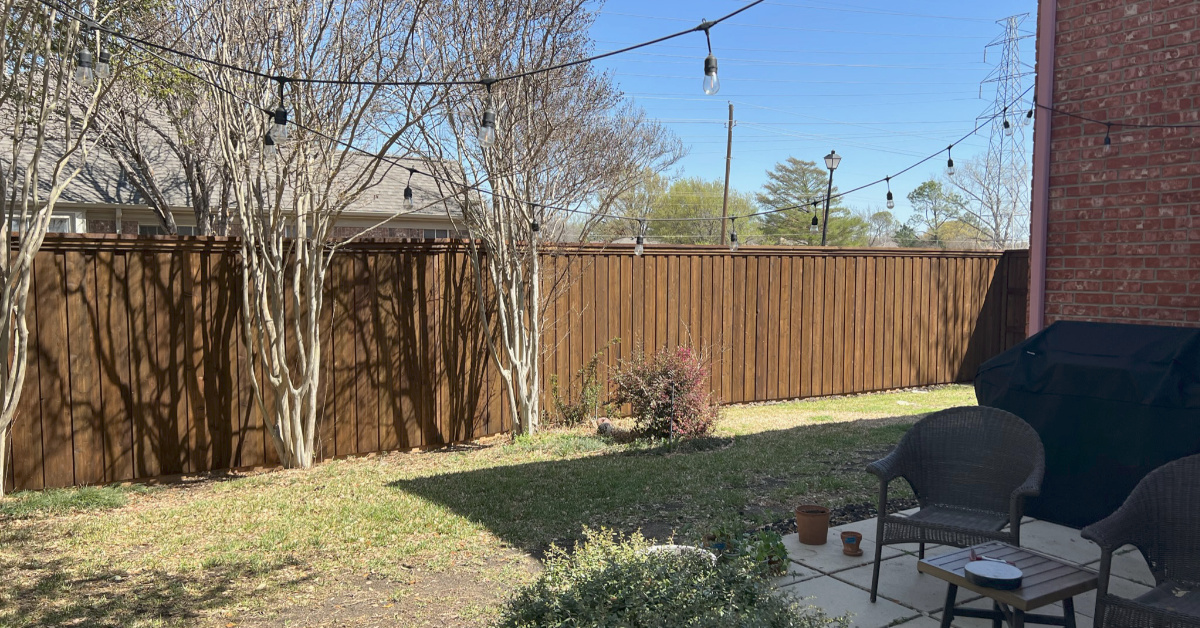You might be wondering, “If I want to put up a fence between my place and my neighbor’s, who owns the fence between the houses?” It’s a common question when you’re thinking about getting a new fence. It’s natural to want to set the boundaries straight while keeping things friendly with your neighbors.
Here’s how it goes: the ownership of the fence boils down to where it sits in relation to the property line. If the fence is right on that property line, where it divides your land and your neighbor’s, then it’s a shared responsibility. You both own it!
But if it’s entirely on one side of the property line, it belongs to the person on that side, according to Texas fencing laws.
Now, before you get too excited about your fence project, it’s a good idea to figure out whether it’s going to be a shared fence or not.
If it is shared, chat with your neighbor about any changes you want to make. Remember, it’s their fence too, so they might chip in for the costs. And if you’re part of a Homeowners Association (HOA), make sure your fence plans align with their rules about how fences should look.
How to Find Out If It’s Your Fence: DIY or Pro Survey
To figure out who owns the fence between houses, you need to get a clear view of your property boundaries and where the fence sits. There are two ways to do this:
DIY Survey
For all those DIYers out there, you can try to find property lines by locating ground pins, which are iron rods buried 6 to 10 inches underground at the corners of your property. They were put there by a licensed surveyor when your property lines were set (who knew?).
To find these pins yourself, use a metal detector. Once you’ve found them, stick a flag where each one is and use string to mark your property line. But, before you start digging, make sure you know where any utility or electrical lines are. Call 811 a few days ahead to avoid accidents.
Pro Surveyor
If you can’t find those ground pins or need super precise measurements, hire a surveyor. They’ll use GPS to pinpoint your property lines accurately. Keep the survey report they give you. In some neighborhoods, a land survey might be required before any fence, whether shared or private, can go up. Get an idea of the cost involved with that here.
Talk to Your Neighbor!
If you share the fence with your neighbor, you both have a say in it. Don’t make decisions without talking to them. It might not go down well if a bunch of fence builders show up unannounced to replace a fence they partly own.
Have a chat with your neighbors and come to an agreement on the fence style and the costs. Things to talk about are what wood to use, a horizontal versus vertical fence, whether to stain the fence and what color to use, and more. You should also negotiate which side of the fence faces your property and which side faces theirs.
Which brings us to The Ugly Side.
One side of the fence is universally dubbed The Ugly Side with the rails post and The Pretty Side with just the straight pickets. Maybe you’ve got a pool on your side and your neighbor has a driveway. You might want the pretty side facing your pool, while they’d prefer it facing their driveway.
It can also be the other way around, depending on your needs. Your neighbor could want the rails facing their property, especially if you’ve got active kids who might climb over.
So, whip up a batch of cookies to soften up your neighbor, knock on their door, and work out a fence plan that suits both of you.
Check the Neighborhood Rules & HOA
After talking with your neighbor (and eating way too many cookies), get in touch with your Homeowners Association (HOA) or your local neighborhood authorities. Make sure your fence plans match up with Texas residential fence laws and any local regulations. Some HOAs have specific rules to keep fences looking consistent.
Here’s a trend we have noticed lately: the “good neighbor fence.” It alternates the picket and rail side every few feet, so both you and your neighbor share both the pretty and not-so-pretty sides.
In some neighborhoods, fences have to have the picket side facing public roads. These rules aren’t just about appearances; they’re also to keep folks from using the rails to hop over. Yeah, seeing the ugly side is looking pretty good when you think of that!
If you’re still wondering about who owns the fence between houses or need help with the whole replacing a fence process, reach out to Build Outdoors. We’ve got over a decade of experience with fences on property lines in the North Dallas area and can help you create a fence that works for you, your neighbor, and your neighborhood.
Give us a call at 469.648.7726 or Get a Free Quote today.







